Marcona Almond Tree
- September 20, 2023
- 0 comment
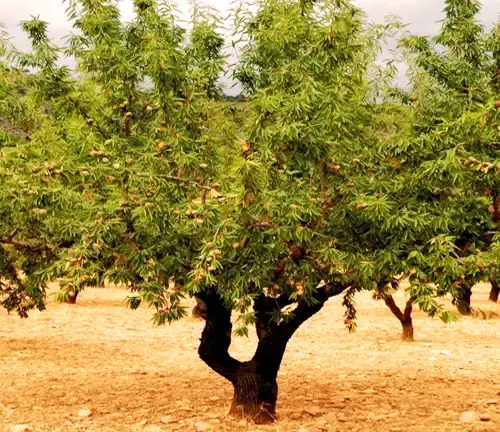
The Marcona almond tree (Prunus dulcis ‘Marcona’) is a distinctive and highly sought-after almond variety renowned for its unique characteristics. Originating in Spain, particularly in the region of Catalonia, Marcona almonds are revered for their sweet, delicate flavor and round, flat shape. These trees thrive in warm, Mediterranean climates, and they are typically smaller than traditional almond trees, making them well-suited for garden and orchard cultivation.
The Marcona almond tree produces an abundant crop of almonds that are prized by chefs and food enthusiasts for their superior taste and smooth, buttery texture. Whether enjoyed as a snack or incorporated into various culinary delights, Marcona almonds are a beloved choice among almond connoisseurs. One of the most distinctive features of Marcona almond trees is their ability to adapt to different soil types. They can grow in soils ranging from sandy to loamy, as long as the soil has good drainage. Proper soil drainage is crucial to prevent root rot and other diseases. In addition to this, these trees require full sun exposure to thrive.
Marcona almond trees typically begin flowering in late winter to early spring, displaying beautiful pinkish-white blossoms. Once pollinated, these blossoms give way to the development of almonds. It’s important to note that Marcona almond trees are sensitive to frost, which can damage both the blossoms and the developing nuts. As a result, growers often need to take measures to protect the trees during cold spells, such as using frost blankets or sprinkler systems.
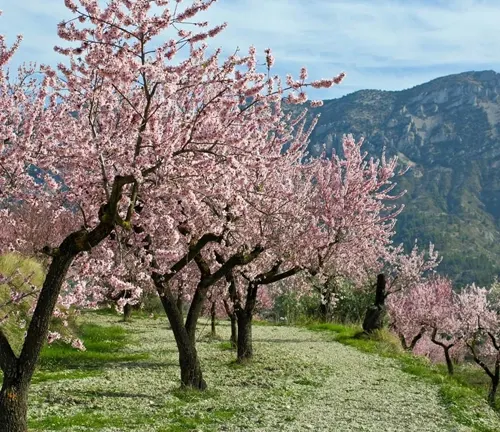
| Characteristics | Description |
| Scientific Name | Prunus dulcis ‘Marcona’ |
| Tree Size | typically reaching 15 to 20 feet in height |
| Climate | Thrives in Mediterranean climates with mild, wet winters and hot, dry summers. |
| Soil Type | Adaptable to various soil types, prefers well-draining soils. |
| Sun Exposure | Requires full sun for optimal growth and almond production. |
| Flowering Season | Typically blooms in late winter to early spring, producing pinkish-white blossoms. |
| Growth Rate | Marcona almond trees have a moderate growth rate, and it may take a few years for them to reach full maturity and produce a significant yield of almonds. |
| Harvest Season | Almonds are typically ready for harvest in late summer to early autumn, depending on the specific climate and growing conditions. |
| Lifespan | Marcona almond trees can live for 20 to 25 years or more. |
Soil Type
Marcona almond trees, with their intricate root systems, demonstrate a distinct inclination towards well-draining soils, particularly those of a sandy or loamy composition. Such soil types provide the perfect balance of moisture retention and aeration that these trees require for optimal growth. While they showcase an impressive adaptability to a range of soil types, it is in soils with excellent drainage that they truly thrive. The well-draining quality of these soils ensures that excess water does not linger around the root zone, which can be detrimental to the health of the tree.
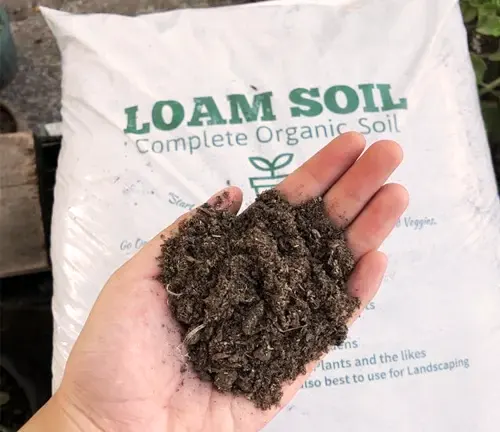

Soil Preferences
When it comes to the pH levels of their chosen abode, Marcona almond trees exhibit a refined taste. They prefer soils that lean slightly towards the acidic end of the pH scale, yet they remain adaptable to neutral soils as well. The sweet spot for these trees, in terms of pH, falls within the range of 6.0 to 7.5. This preference for a slightly acidic to neutral pH range aligns closely with the conditions of their native Mediterranean region, where the soil’s pH levels often mirror this range.
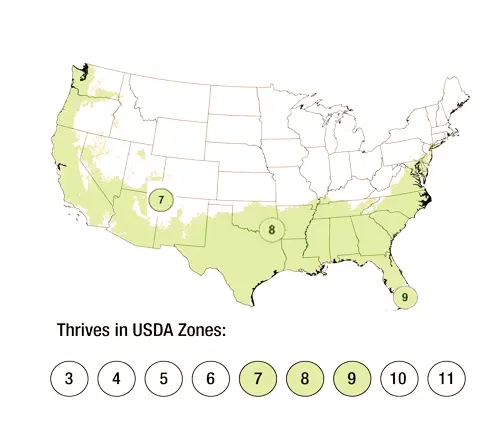
Hardiness Zone
Marcona almond trees are hardy in USDA Zones 7-9, which means they can tolerate temperatures as low as 0°F (-18°C) to 20°F (-6°C).
Sun Preference
Marcona almond trees thrive when bathed in full sunlight, requiring a minimum of six hours of direct exposure daily. This abundant sunshine fuels their growth and nut production, making it a vital factor in their success.
Attributes and Characteristics
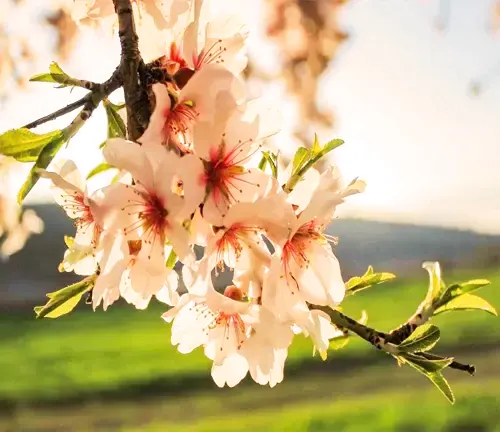
Marcona almond trees are prized for their unique qualities. Their nuts are renowned for their sweet, high-oil content and distinct round shape. The lance-shaped green leaves turn a vibrant yellow in the fall. In early spring, the trees bloom with beautiful pale pink to white blossoms, adding to their visual appeal.
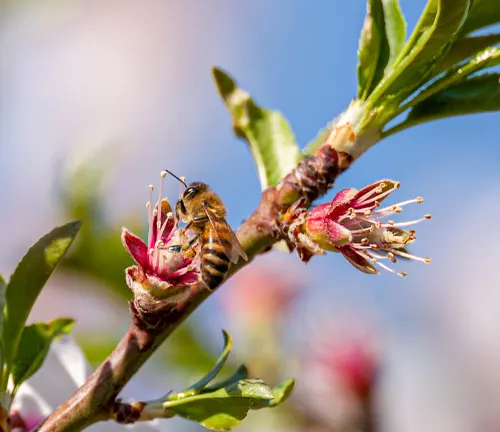
Wildlife Value
Marcona almond trees attract various pollinators, such as bees, during their flowering season. The nuts can also be a food source for wildlife like squirrels and birds.
Care
Marcona almond trees require regular watering, especially during dry spells. Pruning is necessary to maintain their shape and encourage air circulation. Pest and disease management is essential to protect the nut crop.
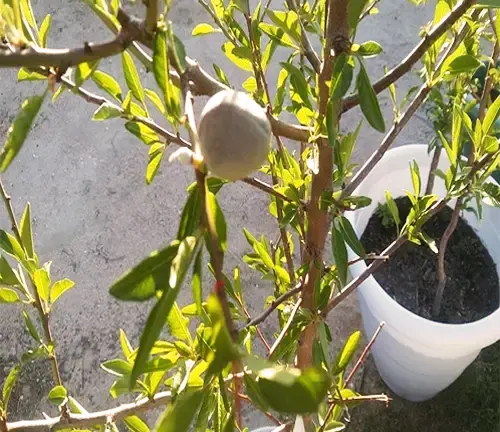
Benefits
Marcona almonds are highly sought after in the culinary world due to their superior flavor and texture. They are often used in desserts, salads, and as a snack. Additionally, almonds, in general, are a healthy source of protein, fiber, and essential nutrients.
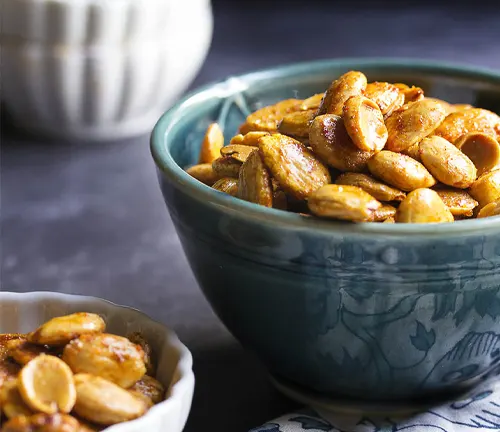

Edible or Not
Marcona almonds are edible and are highly regarded for their delicate, sweet flavor. They are often consumed raw, roasted, or used in cooking and baking.

Wood Products
Marcona almond trees offer more than just their prized nuts; they also provide valuable wood products. The wood of Marcona almond trees is known for its exceptional hardness and fine grain, making it ideal for various applications. Wood from Marcona almond trees is often used in crafting high-quality furniture, cabinetry, and decorative items due to its durability and attractive appearance. Its fine-grained texture allows for smooth finishes, making it sought after by artisans and woodworkers. Additionally, the wood can be used in carving, turning, and other intricate woodworking projects, where its strength and workability shine. While the primary focus remains on the delicious almonds, Marcona almond trees also contribute to the world of woodworking through their exceptional wood products.

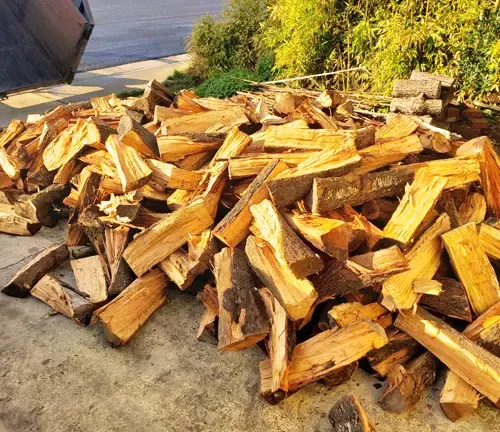
Disadvantages
One potential disadvantage is their susceptibility to various pests and diseases, which can affect nut production. Additionally, they may not be suitable for colder climates.
Common Pests & Diseases
Marcona almond trees are susceptible to pests like aphids, mites, and scale insects. Common diseases include fungal infections such as brown rot and bacterial canker. Regular monitoring and appropriate treatments are necessary to manage these issues.
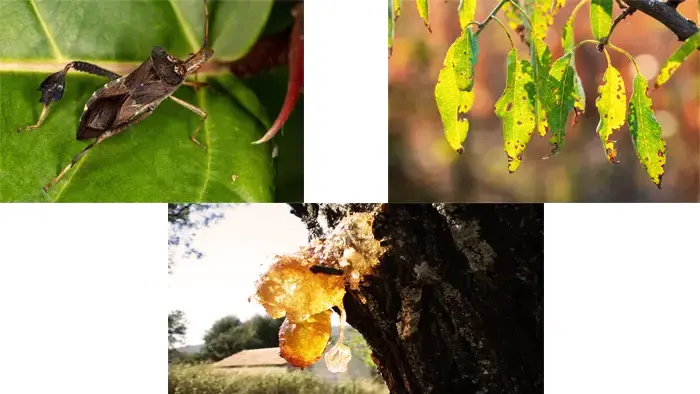
Fun Facts
- Marcona almonds are often referred to as “the queen of almonds” due to their superior taste and quality.
- Spain is the largest producer of Marcona almonds in the world, particularly in the region of Catalonia.
- Marcona almonds are a popular ingredient in traditional Spanish dishes, especially in nougat and marzipan.
We invite you to explore our range of Forestry Services and discover how we can cater to your needs. Don’t miss the opportunity to experience the quality and convenience we have to offer.
FAQs
- What is the origin of Marcona almond trees, and why are they called ‘Marcona’?
Marcona almond trees originate from Spain, particularly the Catalonia region. They are named after the town of Marcona in the Almeria province, where they were first cultivated. The name ‘Marcona’ is derived from the Arabic word “Marqa,” meaning “to crush,” likely referring to the almond’s round, easily crushable shape. - Are Marcona almond trees grown outside of Spain?
Yes, Marcona almond trees are cultivated in regions beyond Spain. California, in the United States, is one notable area where Marcona almonds are grown, although in smaller quantities compared to Spanish production. - Do Marcona almond trees require a special soil type for optimal growth?
Marcona almond trees are adaptable to various soil types but thrive in well-draining soils. They can grow in sandy, loamy, or clayey soils, making them versatile in terms of soil requirements. - Are Marcona almonds genetically different from regular almonds?
Yes, Marcona almonds have distinct genetic characteristics compared to standard almond varieties. They have a unique shape, being shorter, rounder, and plumper than regular almonds, giving them their special appearance and flavor. - What are some traditional Spanish dishes that prominently feature Marcona almonds?
Marcona almonds are a key ingredient in several traditional Spanish dishes, including “turrón,” a nougat-like confection made with almonds and honey, and “tapas” where they are often served roasted and salted. They are also used in salads, particularly alongside fruits and cheeses, showcasing their versatility in Spanish cuisine.
In summary, Marcona almond trees combine beauty and taste in a captivating package. Their unique nuts, sweet blossoms, and specific environmental needs make them a treasured addition to any landscape and a sought-after culinary delight. These trees embody the harmonious blend of nature’s aesthetics and flavors.




Leave your comment